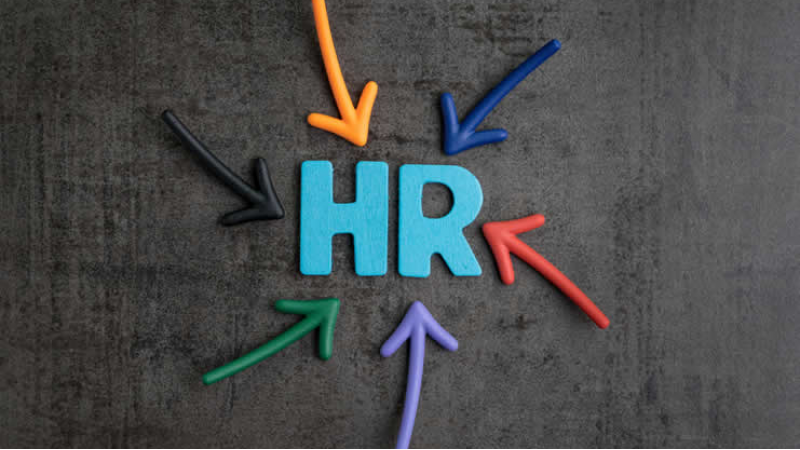

Posted on 9th Sep, 2020

The need for essential skills has emerged as one of the main concerns for HR leaders in the post-COVID world, surpassed only by the need to navigate and manage the changing future of work.
With businesses and activities slowly opening back up and revamping themselves to better suit the environment created by ongoing pandemic, HR priorities for 2020-21 too require some readjustment. Future of work, unsurprisingly, tops the list of these priorities with organizations struggling with changes in work trends driven by the response to the pandemic.

The implications for HR are extensive and considerable, as they push throughpriorities such as the need for equipping leaders to handle remote teams over the long term,working on preserving corporate culture despite a more distributed workforce, and engaging with workers in a cost-constrained environment. Development of critical skills and competencies remains the next highest priority for HR specialists, in these times.
Focus on the following five priorities, it can be argued, is necessary for successfully charting the choppy waters on the post-Covid-19 corporate world:
The Future of Work
With the world having been thrown out of whack in the recent times, there a dire need for accurate (or, as accurate as possible) predictions regarding what the future of work will look like, coupled with a need to assess the likelihood of each trend impacting the organization (and how). Thus, understanding the future of work, at present, is largely about understanding the permanent workplace shifts post-COVID.
Competency and Critical Skill Development
The changes to work brought on by the Covid-19 pandemic, has resulted in the need for development of new skills amongst employees. With VUCA (volatility, uncertainty, complexity and ambiguity) becoming a corporate constant further, there is in fact, a need to cultivate a more dynamic approach to handling the changing needs in skill sets.
HR, must play a significant role in establishing such a paradigm, which may be done so by:
Pinpointing areas of the organization with substantial shifts in priorities and associated changes in skill needs
Roles and projects that require support ought to then be broken down into individual skills and outcomes which can be worked upon by having managers partner with learning and development professionals to upskill a specific set of employees – providing them personalized learning support
Internal movement within the organization must also be simultaneously fostered, encouraging employees to evaluate their own skills and competencies, and personal and professional goals against the points of confusion around organizational skill needs – to find where their skills can best benefit both the organization and the employee
Change Management and Organizational Design
With change reiterated for us all as being the only constant, the need to manage change well within an organization is tantamount. Successful change management, contrary to the traditional way of having initiatives cascade downwards through the rungs,from the top of the food chain; has further proven to be much more productive with involving employees directly in the change management process.
It is thus important to create a dialogue - a two-way- conversation - between managers/leaders and employees, acknowledging the difficulty in accepting and adopting change, and discussing reactions to the same.
The Employee Experience
The pandemic and its fallout have diverted the attention on employee experience to sustaining the performance and engagement of a distributed workforce — with some employees now working fully or partially remotely, while the others are at the workplace.
To understand the experience of the employees during these times, organizations must weigh the responses to the following questions:
To what extent do employees believe that the company really values its people and ensures their well-being? – This gives us a measure of organizational trust
How well are the employees collaborating with and learning from the members of their team? – This gives us an understanding of employee commitment to coworkers
Is the company helping its employees get the skills, tools and resources they require to be successful, despite the current disruption and the emergence of a new normal? – Here, we get an insight into the availability of the right capabilities
Leadership – Present and Future
Considering the current circumstances, organizations require their leaders to be more resilient than ever. To foster resilience throughout the organization, the leaders need to provide adequate support through the personal, team and institutional levels.
With the current environment requiring employees to collaborate with multiple teams, more than ever, leaders need to acquire skills on leading the organization during ambiguity, on recognizing and obtaining required resources for their teams, and on connecting their teams and direct reports with other better, so as to develop newer, more relevant skills and get more resources.
HR plays a key role here, in having to work with the companies' leadership to accurately identify skill gaps and build leader-to-leader alliances which offer them opportunities to help each other, through linking those with complementary skills.